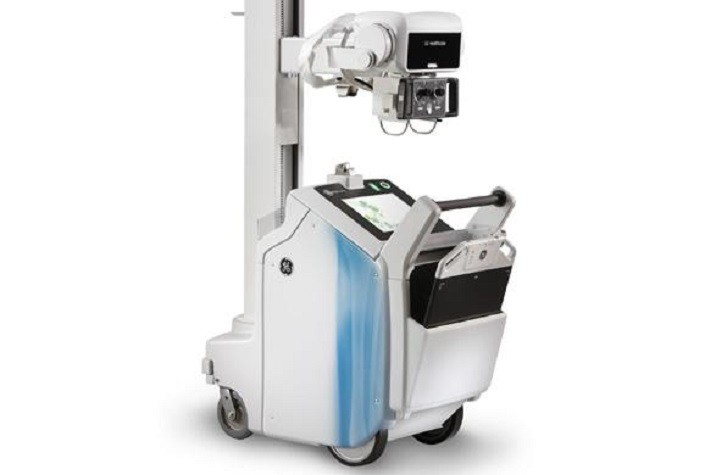Radiography is an imaging technique that used gamma rays, X-rays and other electromagnetic radiation to image the internal parts of a human body. Mobile radiography is basically used for bedside radiography examinations of patients who cannot be transported to the medical imaging room.
Download Sample PDF Brochure Of Mobile Radiography

Mobile X-ray systems are used throughout the hospital from in-patient, to NICU, Operating Room, and Emergency Room imaging. The need for point of care, fast, reliable, and high IQ imaging is growing as technology shifts from analog / CR cassettes to wireless flat panel. Worldwide, Hospitals and Imaging centers are witnessing a high volume of patients requiring quick and efficient imaging of COVID-19 suspect cases.
Mobile X-ray equipment are being used as an important triaging and screening tool for determining the condition of the lung before being directed to advanced imaging techniques. Even after medical intervention, when the patient is in ICUs or Ambulatory care, Mobile X-rays may be used for monitoring the condition of lungs through regular chest X-rays. A Mobile X-Ray equipment is easy to setup, quick to move to the patient, easy to park next to bedside, and easy to disinfect and prepare for the next exam. The Mobile Radiography Systems market is anticipated to grow in the forecast, owing to the factors such as increasing incidence of chronic disease such as diabetes, cardiovascular disease etc., rising adoption of technologically advanced health care devices, rising geriatric population, advancements in healthcare, and growing number of medical imaging procedures.



